As you know, the external decoration of buildings should be approached very seriously. It is from this process that it depends on how exactly the structure of passers-by, friends and relatives who regularly visiting the housing will be perceived. Despite the fact that in the finish process, it is very important to pay attention to the design component of work, it is also necessary to make every effort so that the material serve for a long time, and the plaster itself possessed excellent characteristics.
In some cases, one type of plaster can be used, and in some - completely different. It is necessary to once again focus on whether the appearance of the facade is the appearance of the surface - far from most importantly.
If the process has passed correctly, during long years, the plaster will have a marked appearance, as well as the absence of any flaws (including common cracks). Much in this case depends on the technology of finishing.
Main features of high-quality facade
Before starting any actions related to the Facade Facade, it should be noted that the plaster must comply with a number of requirements. Of course, it all depends on the specific material, as well as this or that technology of its application, but in most cases everything is limited to eight points.
- First of all, plaster should provide resistance to regular temperature drops. At any time of the year, the decoration layer ensures the stability of the temperature regime. Of course, the material itself cannot be used as a full insulation.
- Waterproof is another important advantage of finishing. It is not a secret that moisture has a detrimental effect on the strength of the building, especially if it is woody. Plaster will significantly reduce the influence of this factor.
- Strength is another feature of the material. Despite the fact that the layer of plaster should be quite subtle, it is it that provides a significant increase in the strength of the structure. It is necessary to understand that the finish will not help if the house is in disrepair.
- Sound isolation housing. Even large houses are now elevated using thin plates, which are the cause of not the best sound insulation. The layer of plaster partially solves this problem. To enhance the effect, additional insulation materials are most often used, which are located under the layer of plaster.
- Parry permeability of plaster allows you to skip some volume of air and steam through the material. This advantage allows to maintain the initial state of the structure of the structure.
- The simplicity of work with the material is a separate story. However, it can be briefly said that each can produce material on the surface of the walls. However, it needs attentiveness and responsibility to make the final result at a high level.
- Unique appearance of plaster. Using additional tools, it is possible to create unique images on the surface of the material. To take advantage of this advantage, you need to have a fantasy, as well as a creative start.
- The low cost of finishing material is another advantage. Especially often the plaster is a substitute for tiles, as well as other coatings, the cost of which sometimes enters into a shock state. When using plaster, you can achieve a unique surface texture, while not acquiring expensive materials.
Types of plaster for finishing facade
Every year of accessible finishing materials is becoming more and more. This is especially true of plaster varieties. Very often you can find cheaper products that have excellent properties.
Mineral plaster is most often used. An impressive prevalence, this material received due to a low price. The basis of the material is a cement solution, which is created using some chemical additives. In the end, we have excellent properties, thanks to which the material perfectly opposes moisture, and is also able to provide high strength of the layer. Unfortunately, the main disadvantage of such plaster is the limited color options.
As for acrylic facade plaster, this material is distinguished by plasticity. Also, the acrylic material best transfers sharp drops of temperatures than any other type of plaster can not boast. In addition, the acrylic material may have an original textured appearance, but for this you need additional processing.
To increase the vapor permeability of the building, we need silicate plaster. This feature of the material is achieved through the use of various chemical additives. Also the basis of silicate plaster includes liquid glass.
Silicone facade plaster is distinguished by incredible versatility. This type of material can be applied in a wide variety of conditions. Special attention material deserved thanks to a variety of design options that offer manufacturers of similar products.
Features of applying material to the surface
In the process of finishing the facade, it is most important to pay attention to applying material.
At the very beginning it is worth saying that the plaster must be applied in several layers, which will ensure the durability of the material, as well as its overall quality. Experts argue that the first layer must be the thinnest - up to 40 mm. Before applies both the next layer of material, you need to wait until the previous one will dry. The solution itself is most often applied manually. It is so possible to control that the material is laid as soon as possible.
To reduce the process of finishing the facade, you need to carefully monitor the flights of the layers, otherwise it will have to redo it later.
All subsequent works associated with the grout and other surface treatment should begin only after the layer of plaster will type full strength. Otherwise, there is a risk of seriously affecting the integrity of the material.
It should also be noted that the entire finish of the facade is carried out only if the air temperature is no more than 26 degrees. In addition, such works can not be carried out if the temperature is below 5 degrees.

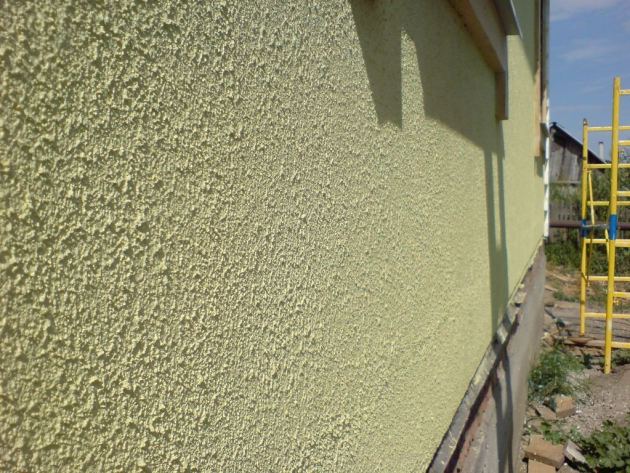
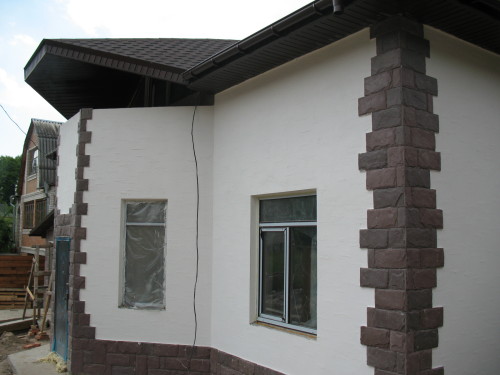
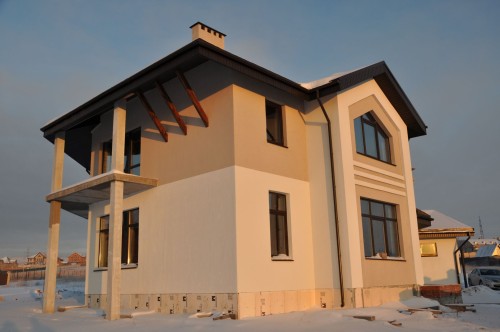
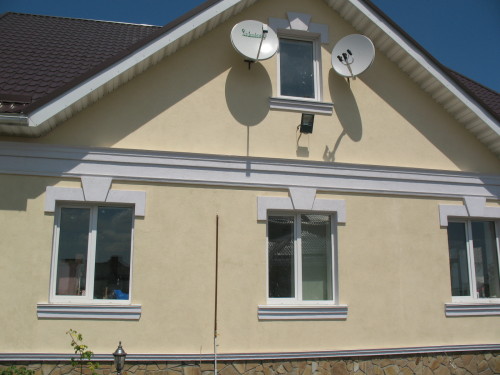
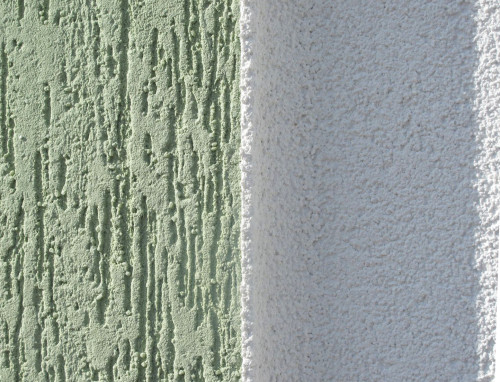

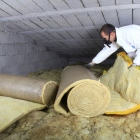
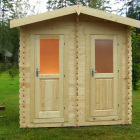



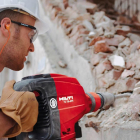
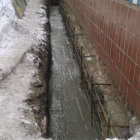
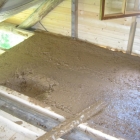
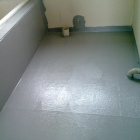
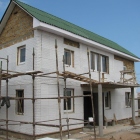
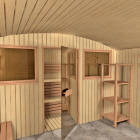
 Start a discussion ...
Start a discussion ...